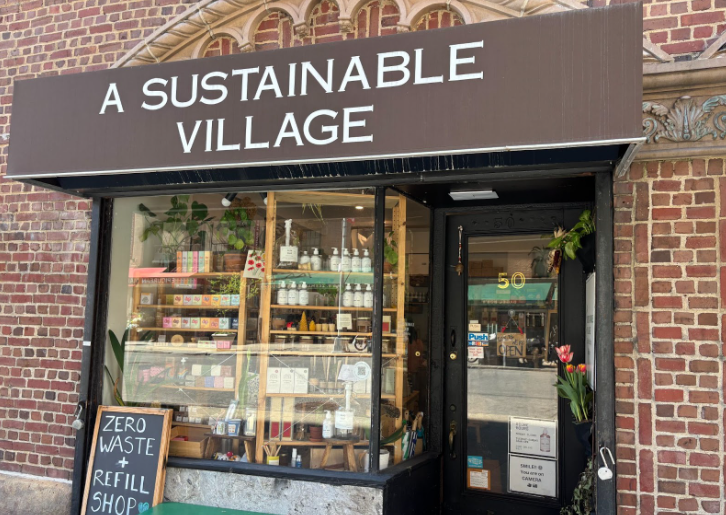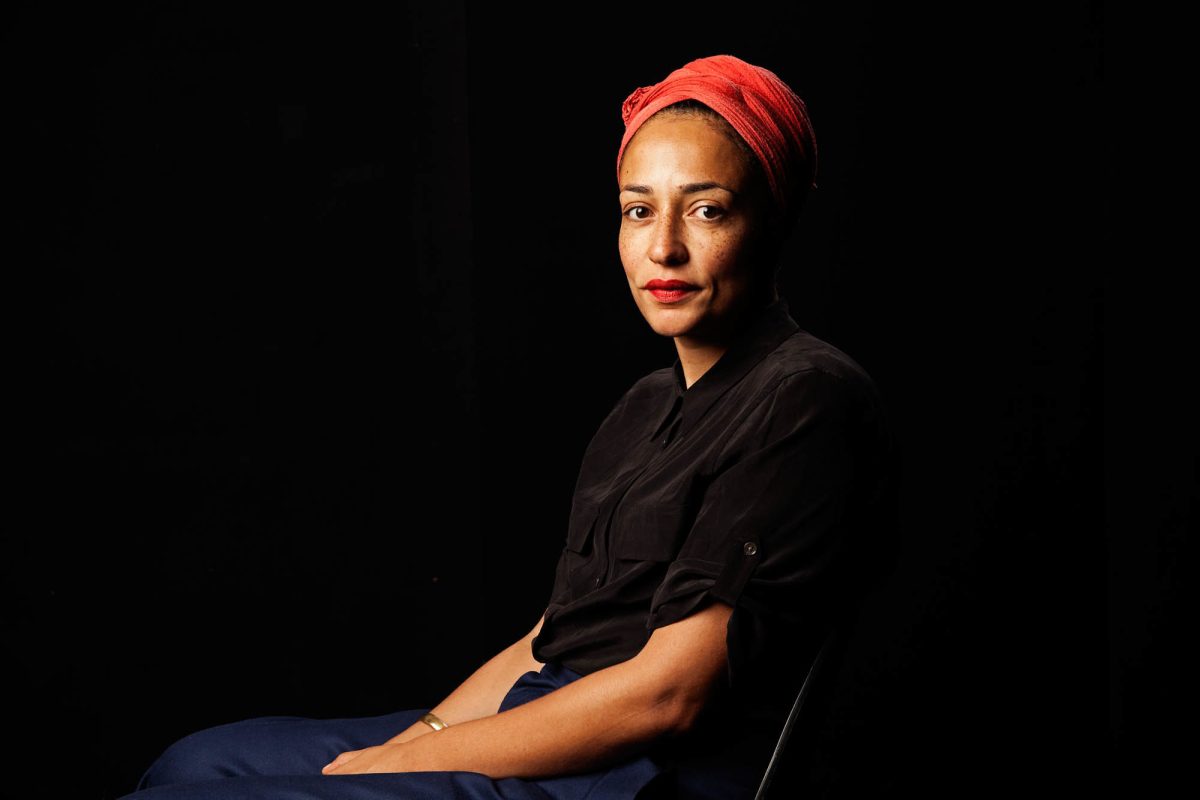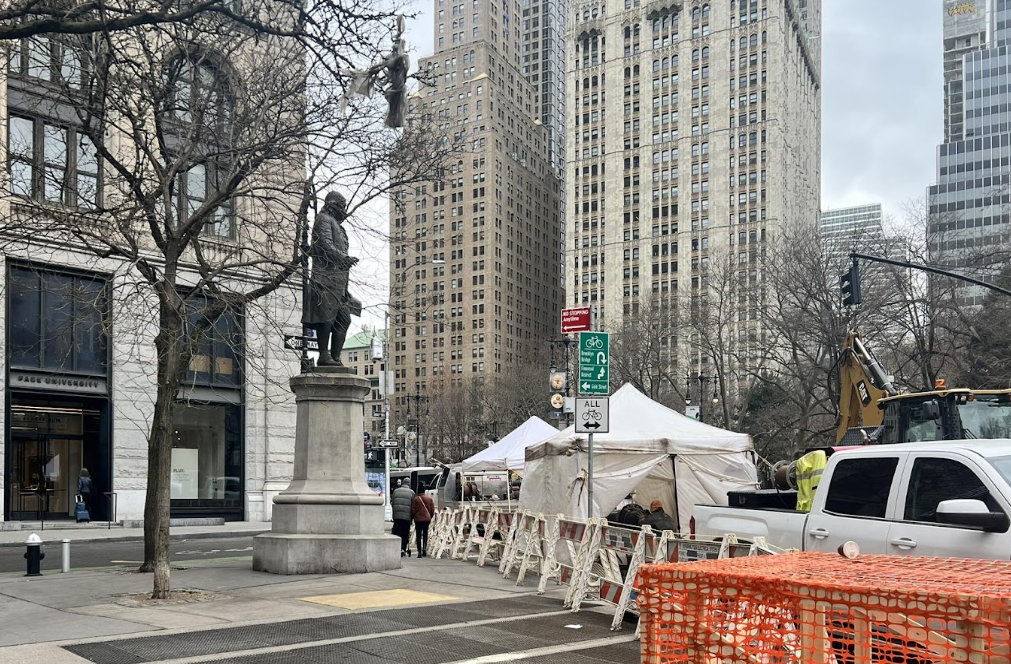One of the most common complaints among University students involves the Center for Student Development and Campus Activities.
SDACA often receives the bulk of the criticism whenever anything concerning a student organization or an event has an issue. While some of the criticism is certainly viable and rooted in a lack of clear communication and follow-through from these offices, some of the criticism comes from a stream of misconceptions concerning both the center and David Clark, assistant dean for students and director of SDACA.
The first and most serious issue concerning SDACA stems from budgets. Whenever a budget is denied or not given the total planned amount, all the frustration tends to fall upon SDACA and the center’s staff. However, the Budget Allocation Council—and not SDACA—decides upon budgets.
BAC is currently composed of three student advisors, with the executive treasurer of the student government association acting as the chairperson. This process is often confused because Director David Clark works with the BAC advisors to approve the budgets. The reasoning behind many budget denials is due to rules written within the BAC guidelines. These are changed on a rolling basis “to ensure the guidelines fits the current needs of the students within reason,” as written by Carlos De Leon, former executive treasurer of the Student Government Association.
Budget denials can of course be appealed, but clubs that have lost part of their budgets still feel wronged. Afterwards, any approved monies must be accessed through a number of forms that are later handed in to SDACA, further instilling this connection between SDACA and budgets.
Budget cuts were once again a main point of contention among club officers. Every semester, every active club must submit a budget for at least three events. Each club can petition for up to 125 percent of the last allocated budget. All of the money for these clubs comes from the student activities fee.
The student activities fee is the $76 that can be found every semester on each full-time undergraduate student’s bill. As enrollment increases, as does the SAF fund. According to a presentation by De Leon, there were approximately 4,828 students who fulfilled all the requirements to be charged the student activities fee. Therefore, the total revenue in the SAF fund for the fall was approximately $366,928. After all the budgets in the fall had been either approved or denied there was $65,000.99 left. That money was then added to the SAF fund for the spring, meaning the $65,000.99 and any unspent monies went back into the pot to be redistributed. However, any money left in the account at the end of the spring then enters a separate fund that holds any and all excess monies. As of the end of the fall semester that account had $537,852.25.
Prior to the conception of the opportunity grants, that money was sitting in an account gaining interest. Then the opportunity grant was established which allowing anyone to submit a proposal for $50,000 or more for an event for the University community. With all these excesses funds, it is odd that so many clubs gripe about lack of funding.
Another form of contention between student clubs and SDACA involves tuition remission. All of the university funded clubs—The Pace Press, Student Government Association, P.A.C.E. Board, et al.—receive tuition remission credits that they may disburse among their officers. Over the past few years, however, the tuition remission offered to these clubs has been consistently reduced. The Pace Press alone has seen its tuition remission reduced fifteen percent over the past three years. Tuition Remission cuts will continue to occur for the next few years before tuition remission is eliminated completely. According to Clark the administration hopes to replace tuition remission with a scholarship. This comes directly from the Provost, Uday Sukhatme.
It is clear that some of the issues University students and organizations have are in fact founded in disappointment with SDACA. While some of the criticism is misplaced, a large part of the issues students have do in fact directly relate to SDACA. Common conceptions of SDACA include that the office is overwhelmed, under-staffed or simply adopts a laissez-faire attitude with regards to being a resource for students and student organizations. However, the clubs that have built and continue to build the University into the renowned school it is will continue to operate under the stress of ever-shrinking resources, the frustration of working with a time-consuming and red tape-laden administration and inadequate compensation.


















